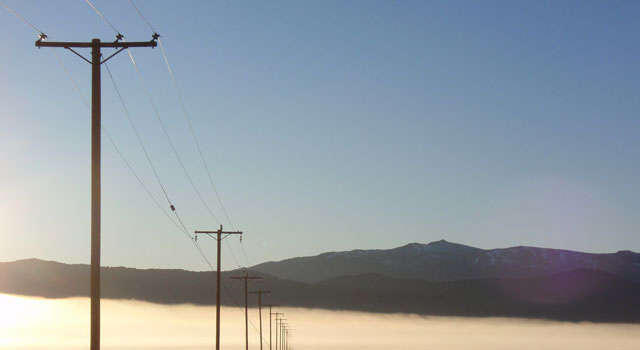
While the number of fixed lines in service in South Africa continues to fall, the opposite is happening in Kenya, where Telkom Kenya has grown the number of fixed lines in service from 248 300 to 251 567, or by 1,3%, year on year.
This is according to the latest quarterly sector statistics report from Communications Commission Kenya, the East African country’s telecommunications regulator. The increase in subscriber numbers has also meant more traffic on Telkom Kenya’s network and an accompanying increase in revenue for the operator.
Telkom Kenya’s fixed-line network was constructed in the 1940s when the firm was called the East African Postal Corporation. It covers most of the country and contributes about 70% of Telkom Kenya’s revenues. Source: The Standard
MTN Uganda launches 4G network
The mobile operator has launched one of the first 4G networks in East Africa and the first such network in Uganda. The service will be available only in Kampala and surrounds at first, with other towns to follow in coming weeks. The launch is part of MTN Uganda’s network transformation plan under which it is planning to enhance all aspects of its network. Source: MTN media release
Zimbabwe gets targeted Facebook ads
Zimbabwean Facebook users can now target their fellow countrymen with advertisements on the social network, though for now they may have difficulty doing so from within the country as it is not yet possible to choose Zimbabwe as the account country. Previously, those wishing to engage in online advertising in Zimbabwe had to rely on Google Adwords or independent local digital advertisers like SpryAds and FaraiMedia. Source: Techzim
Rwanda broadband to get boost from Kenya
Kenya Data Networks (KDN), formerly owned by South African technology group Altech, has announced plans to extend its fibre-optic network to Kigali in Rwanda. KDN has already expanded its network into Tanzania and will be the first operator to connect the East African capitals of Nairobi, Dar es Salaam, Kampala and Kigali. The development is intended to ensure terrestrial connectivity even in the event of future damage to the undersea cables that serve the region. Source: The New Times




